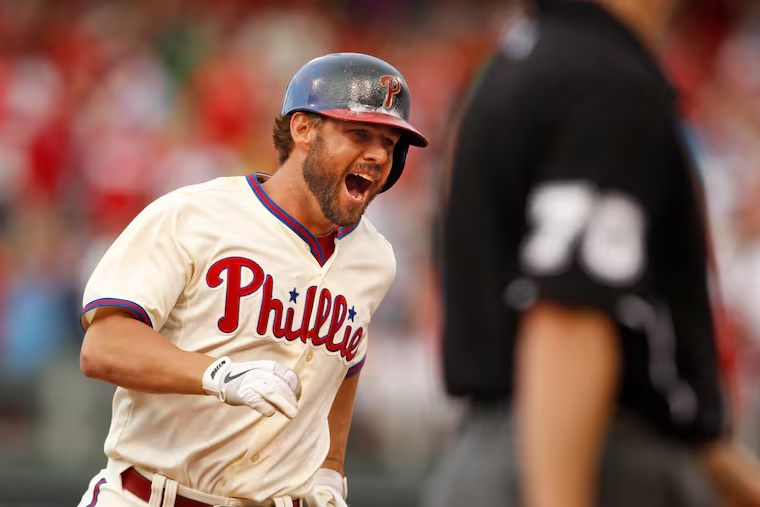Pinch hitting is back. Here’s what it takes to succeed in one of baseball’s toughest jobs.
Pinch hitting will return to the National League for likely one last season before the designated hitter arrives. A look at what it takes to succeed from three Phillies who found a way.
